
Ever read a food label and wondered what half the stuff even is? You’re not alone. Some ingredients look like they belong in a chemistry set rather than a grocery store aisle. The thing is, a bunch of these additives are totally fine here but banned in other countries for reasons that range from health concerns to environmental impact.
Now, this doesn’t mean you should panic over every bite. America’s got its own standards, and some of these ingredients are approved in small amounts. Let’s check out some of these 19 ingredients and why they’re banned in other parts of the world.
1. Potassium bromate

Bakers love it for making bread rise higher and come out fluffier. The problem is, potassium bromate has been linked to potential health risks in animal studies, which led countries like the UK and Canada to ban it from food altogether.
Here, it’s still hanging around in certain baked goods, though a lot of companies have started moving away from it. If you’ve ever noticed “bromated flour” on a bread label, that’s what you’re looking at.
2. Brominated vegetable oil
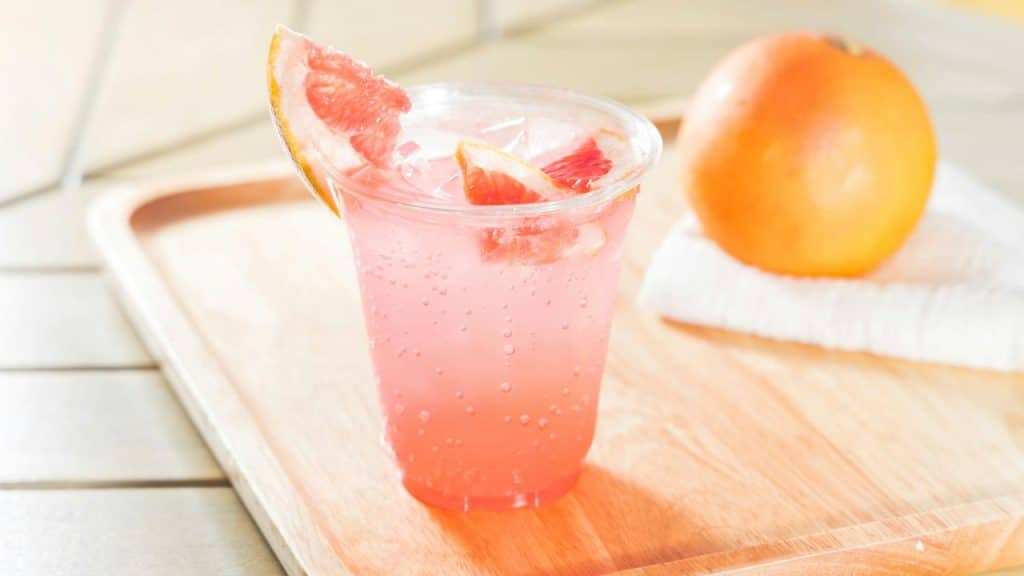
BVO sounds harmless enough, but it’s actually made with bromine, the same chemical found in flame retardants. It’s used in some citrus-flavored sodas to help keep the flavor evenly mixed.
While other countries ditched it due to concerns about how bromine builds up in the body, the U.S. still allows it in limited amounts. You’d have to drink a lot to see effects, but still… not the most appetizing thought.
3. Ractopamine

Ractopamine helps livestock pack on lean muscle faster. Farmers love it because it boosts growth without adding extra fat, which sounds efficient on paper.
The catch? Many countries ban it over concerns about animal welfare and potential residue in meat. In the U.S., it’s still used in pork and beef production, so if you’re eating domestically sourced meat, there’s a chance you’ve had it.
4. Azodicarbonamide

This one pops up in breads, bagels, and even yoga mats, no joke. As a food additive, it bleaches flour and helps dough stay springy.
Europe and Australia decided they could live without it due to possible health concerns. In the States, it’s still fair game in small doses. Makes you wonder if your sandwich has a side of mat material.
5. Yellow No. 5 and Yellow No. 6
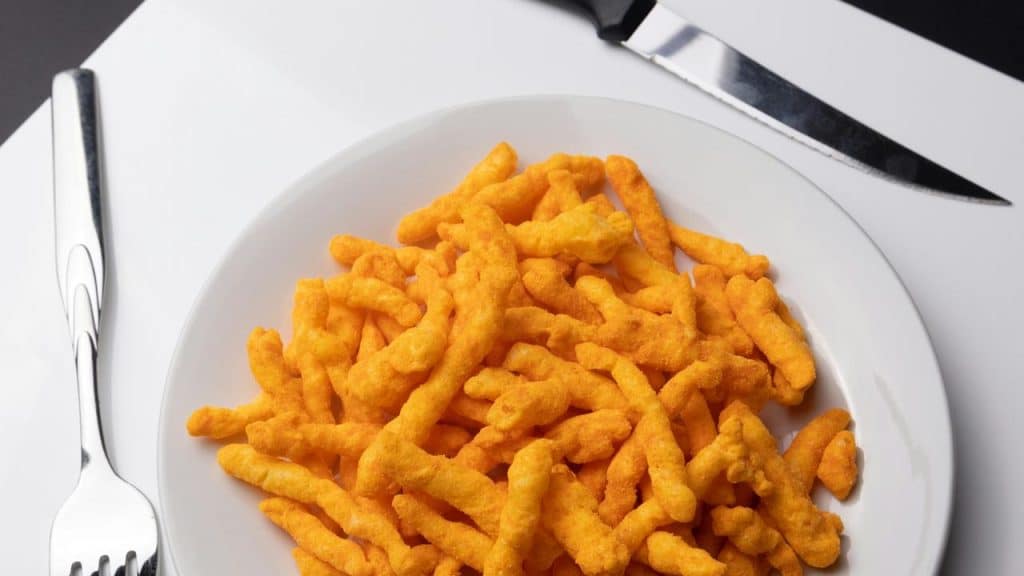
These artificial colors give snacks that bright, sunny hue. Without them, your cheese puffs might look a little pale.
Some studies have suggested a link between certain dyes and hyperactivity in kids, so the EU requires warning labels or bans them outright. Here, they’re still sprinkled into chips, candies, and cereals like confetti.
6. Olestra
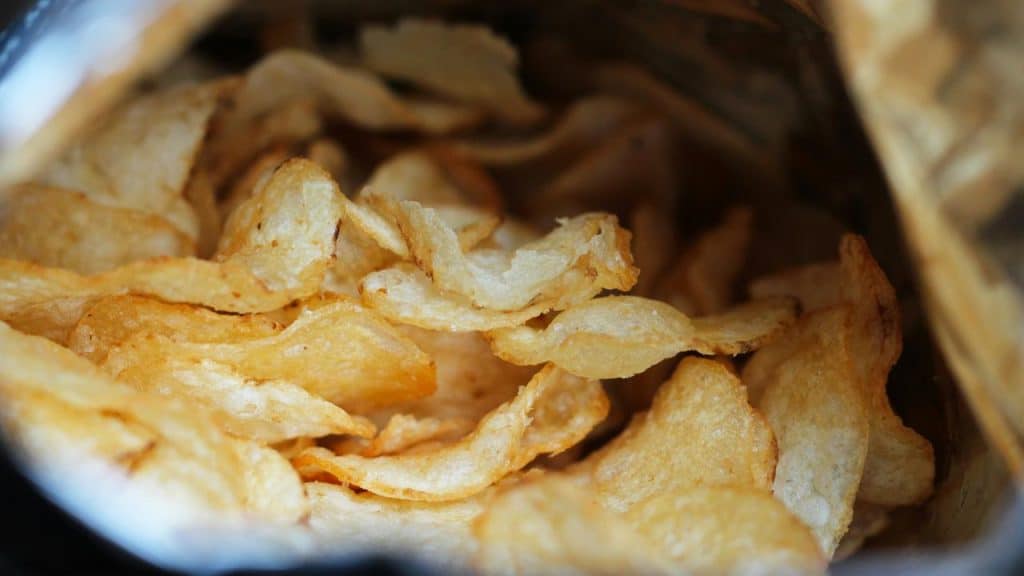
Olestra is a fat substitute that lets you eat “fat-free” chips without the calories. Sounds like a dream, right?
Well, it also blocks your body from absorbing some vitamins and can cause digestive chaos for some people. While it’s been pulled in several countries, you can still find it in certain snacks in the U.S.
7. Red No. 40

A bright red dye that shows up in candy, sports drinks, and desserts. Without it, strawberry-flavored stuff would look kind of sad.
Europe restricts its use and slaps a warning label, but it’s still totally fine here. A lot of parents swear it amps up hyperactivity in kids, though research is still mixed.
8. Butylated hydroxyanisole

BHA keeps oils and fats from going rancid, which is great for shelf life. You’ll see it in chips, cereals, and even gum.
Some studies have suggested it might cause cancer in lab animals, so other countries have pulled it from shelves. In the U.S., it’s still approved at low levels.
9. Butylated hydroxytoluene

BHT is basically BHA’s twin, also used to preserve freshness in foods. Same shelf-life magic, same concerns over possible health risks.
It’s been dropped by certain food producers abroad, but it still lives in plenty of processed snacks here. If you’re reading labels, they tend to show up side by side.
10. rBGH and rBST
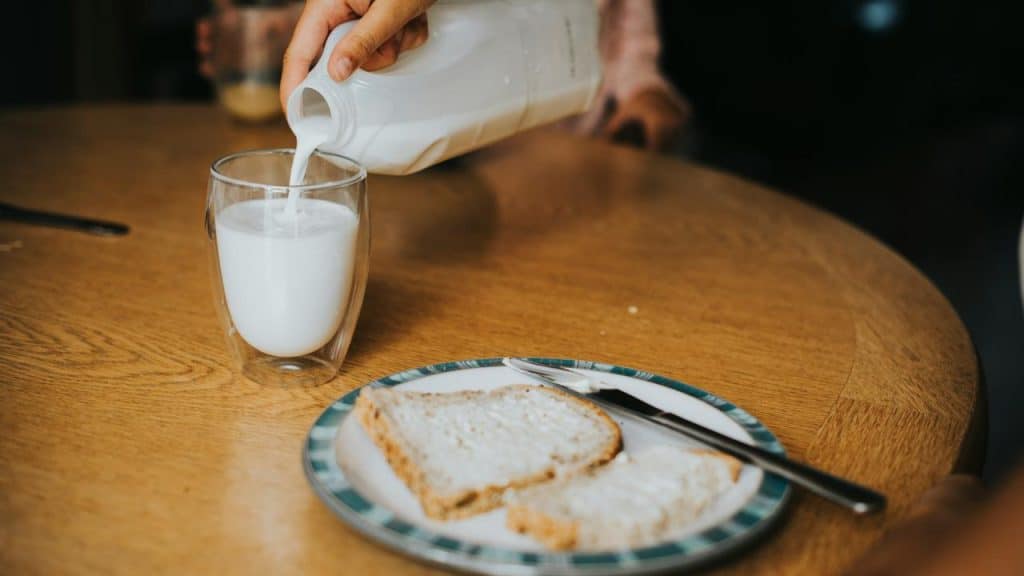
These are synthetic growth hormones given to dairy cows to boost milk production. Farmers get more output, and milk prices stay lower.
Countries like Canada and the EU banned them over animal welfare and potential health concerns. U.S. dairy still uses them, though some brands have voluntarily gone hormone-free.
11. Arsenic-based drugs

Some poultry farms used to add arsenic-based drugs to chicken feed to make meat look more pinkish and help control parasites.
Even though most U.S. producers phased it out, it’s not technically banned. Meanwhile, the EU completely prohibits it in animal feed.
12. Propylparaben

Propylparaben is used as a preservative in baked goods and tortillas. It keeps mold away so your bread doesn’t spoil as quickly.
The EU banned it from food after studies suggested it could disrupt hormones. Here, it’s still hanging out in certain packaged foods.
13. Titanium dioxide

Titanium dioxide gives candies and frostings that bright white shine. Think powdered sugar, but chemically made.
Europe banned it in 2022 over possible long-term health effects. The U.S. still says it’s safe in small amounts, so it’s in plenty of colorful sweets.
14. Carrageenan
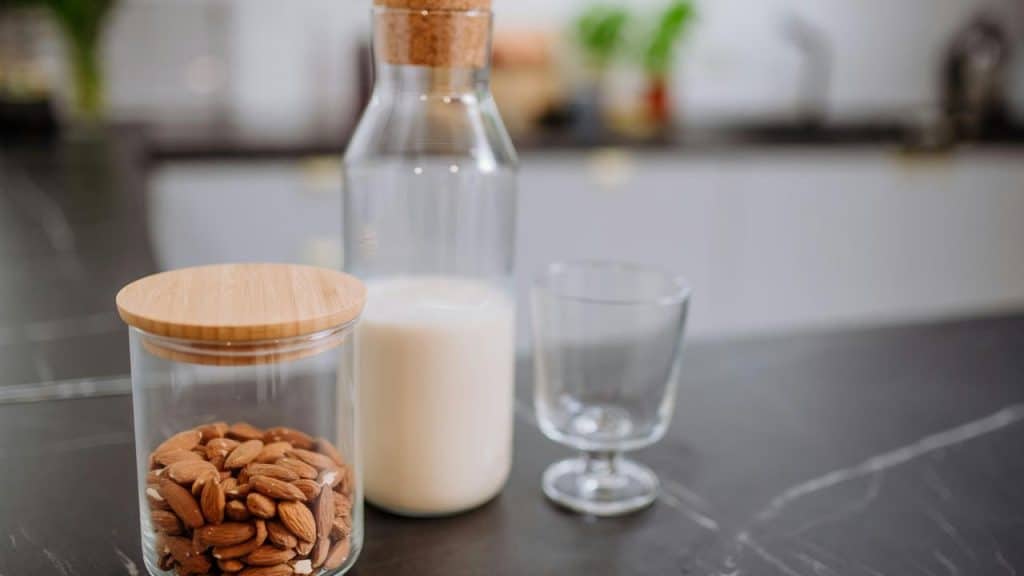
This thickener comes from seaweed and gives foods like ice cream and almond milk that smooth, creamy texture.
While natural, some studies linked it to digestive issues, leading some countries to restrict it. Here, it’s still widely used in dairy and dairy alternatives.
15. Sodium nitrite
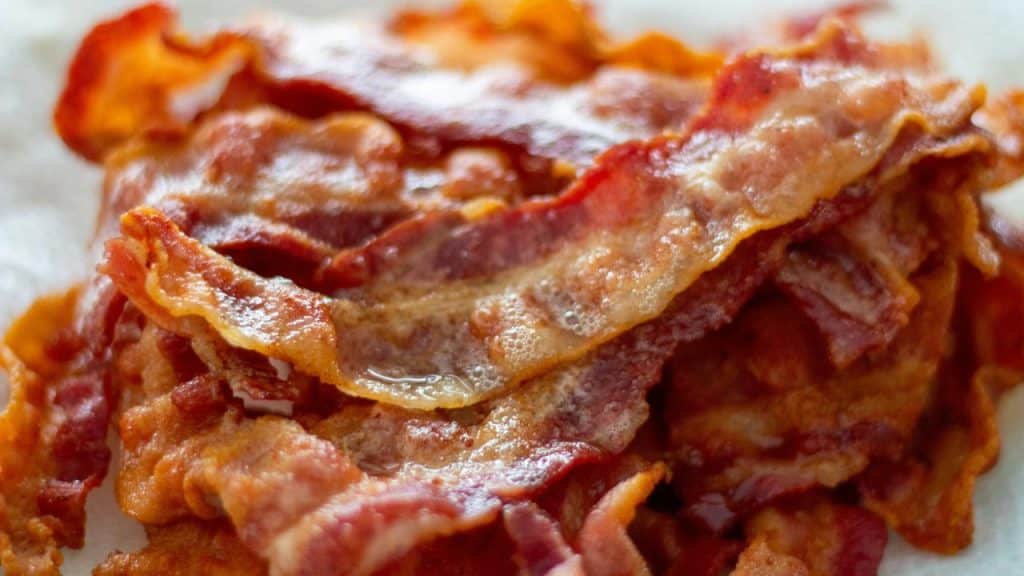
Sodium nitrite keeps processed meats like bacon and hot dogs looking pink and staying fresh longer.
Some countries limit its use due to possible links to certain cancers. In the U.S., it’s still part of the curing process for most deli meats.
16. High-fructose corn syrup

HFCS sweetens sodas, baked goods, and condiments. It’s cheaper than sugar and blends easily into foods.
Many countries prefer cane sugar over corn syrup for health and policy reasons. In America, it’s still in a huge number of products.
17. Partially hydrogenated oils

These are the main sources of artificial trans fats, which can raise bad cholesterol. They used to be in everything from cookies to microwave popcorn.
While the FDA has been phasing them out, they’re still allowed in trace amounts. Other countries have gone for full bans.
18. Allura Red
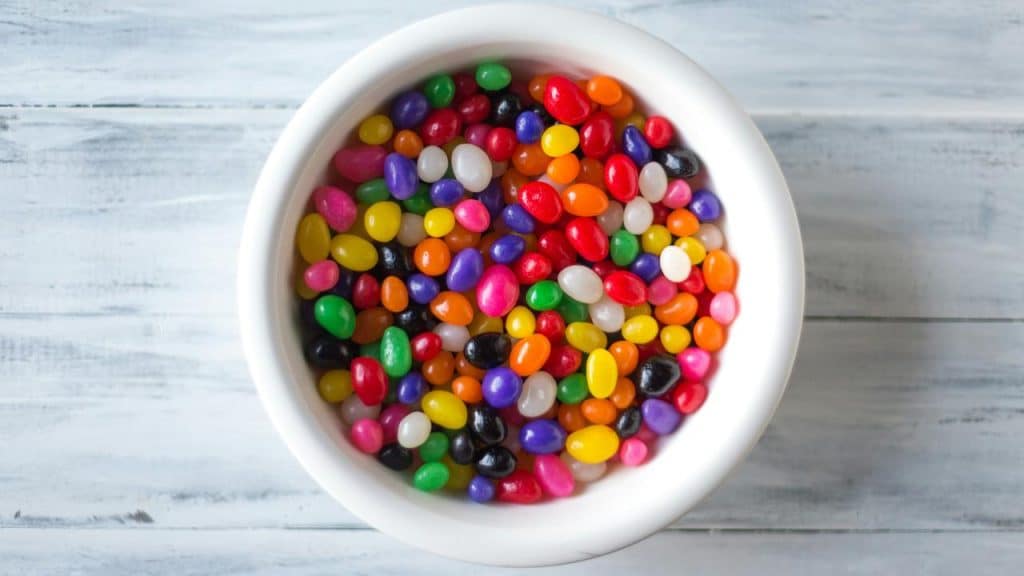
Also known as Red No. 17 in some countries, this artificial dye is used in candy and baked goods.
Some research raised concerns about allergic reactions and hyperactivity. Europe has tighter restrictions, but it’s still legal here.
19. Monosodium glutamate

MSG boosts flavor in savory foods like soups and snacks. It’s been unfairly demonized over the years, but some people report headaches or flushing after eating it.
While not banned in most places, some countries require clear labeling or limit its use. In the U.S., it’s still freely added to plenty of foods.






Ask Me Anything